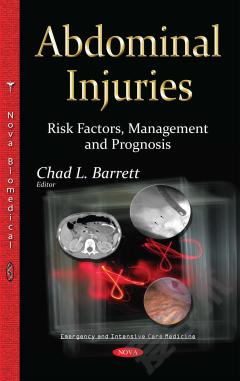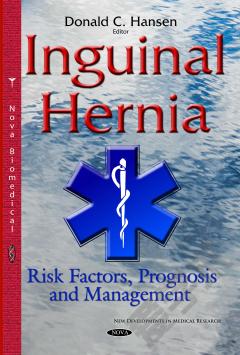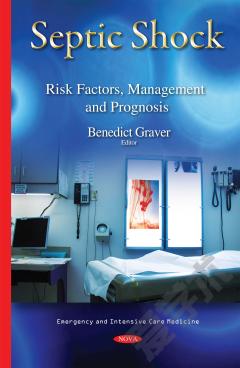Abdominal Injuries: Risk Factors, Management and Prognosis
Severe trauma represents one of the biggest issues threatening modern healthcare systems across the globe. Traumatic injury is the leading cause of lost life years worldwide, responsible for an excess of 5 million deaths every year. The role of laparoscopy in trauma has not paralleled its popularity in other areas of general surgery for several reasons including the emergent nature of many of the operations, the lack of expertise and comfort level of some surgeons and the fear of missed injuries. In this book, the possible indications and pitfalls of integrating minimally invasive surgical techniques into the management of abdominal injuries are examined. Furthermore, post-traumatic haemorrhage is likely to represent the principle cause of preventable deaths amongst patients sustaining major traumatic injuries. Management of these patients and techniques (both old and emerging) are discussed, which may be able to more accurately identify early coagulopathy and enable goal-directed, targeted therapy. The third chapter of the book describes currently accepted classifications of pelvic trauma to examine the link between mechanism of injury and factors predictive of mortality. Recent advances made in services, protocols, imaging, instrumentation and management of pelvic trauma are examined, specifically looked at to determine whether any of it has served to improve the historically poor prognosis. Lastly, pancreatic injury in childhood is rare, constituting 0.3% to 0.7% of all trauma admissions at large pediatric trauma centers. Nonetheless, they do occur. The authors explore pancreatic duct ruptures in children, the subsequent diagnosis and treatment options, which usually require surgery or other interventional therapy and carry a significant risk of morbidity.
{{comment.content}}








 京公网安备 11010802027623号
京公网安备 11010802027623号